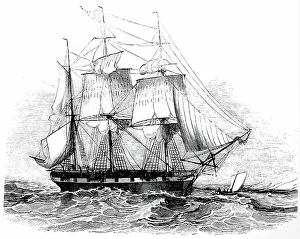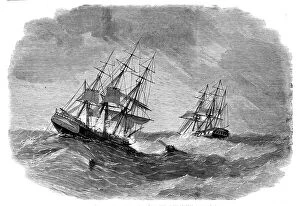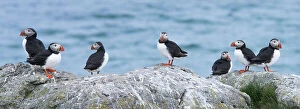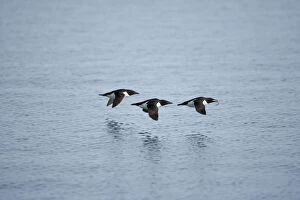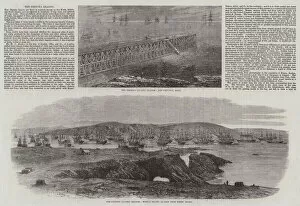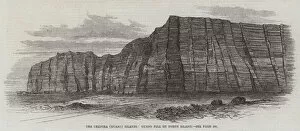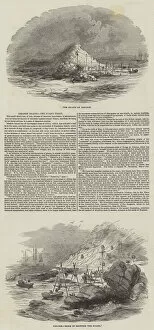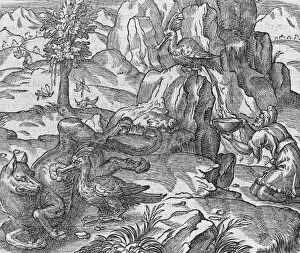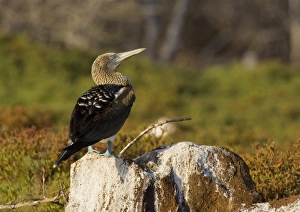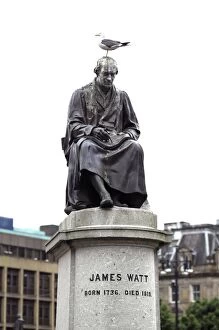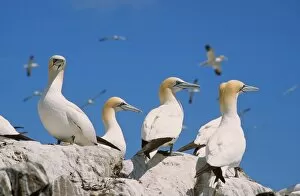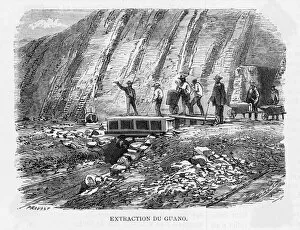Guano Collection
Guano, a hidden treasure buried deep beneath the surface, holds secrets of ancient civilizations and fuels industries that shape nations
All Professionally Made to Order for Quick Shipping
Guano, a hidden treasure buried deep beneath the surface, holds secrets of ancient civilizations and fuels industries that shape nations. The DDE-90033534, a wooden idol discovered in Peru, was found 33 feet under layers of guano, revealing the intricate connection between history and this valuable resource. Engravings depicting the laborious process of digging out guano in the Chincha Islands of Peru showcase the arduous efforts undertaken to extract this precious substance. These islands themselves became synonymous with guano production as they were abundant sources for its accumulation. The towering piles on North Island in the Chincha Islands stand as testaments to both nature's bounty and human ingenuity. The trade surrounding these islands flourished during the 19th century when Ichaboe Island played a significant role in shipping guano across vast distances. An intriguing creature known as the Egyptian guano bat, Tadarida aegyptiaca, adds another layer to our understanding of this remarkable substance. Its existence highlights how even wildlife has adapted to thrive amidst these unique environments shaped by massive deposits of guano. As we delve into historical records from the late 1800s, an image emerges: an island off Peru's coast covered entirely in guano. This snapshot captures not only its abundance but also its economic significance during that era. Today, remnants of this once-thriving industry can still be seen on Peru's Chincha Islands. They serve as reminders of how something seemingly insignificant like bird droppings can have far-reaching impacts on economies and ecosystems alike. Intriguingly enough, beyond being just an invaluable resource or a catalyst for commerce, Guano represents resilience – both natural and human-made, and is a testament to mankind's ability to adapt and utilize what may seem inconsequential at first glance.

